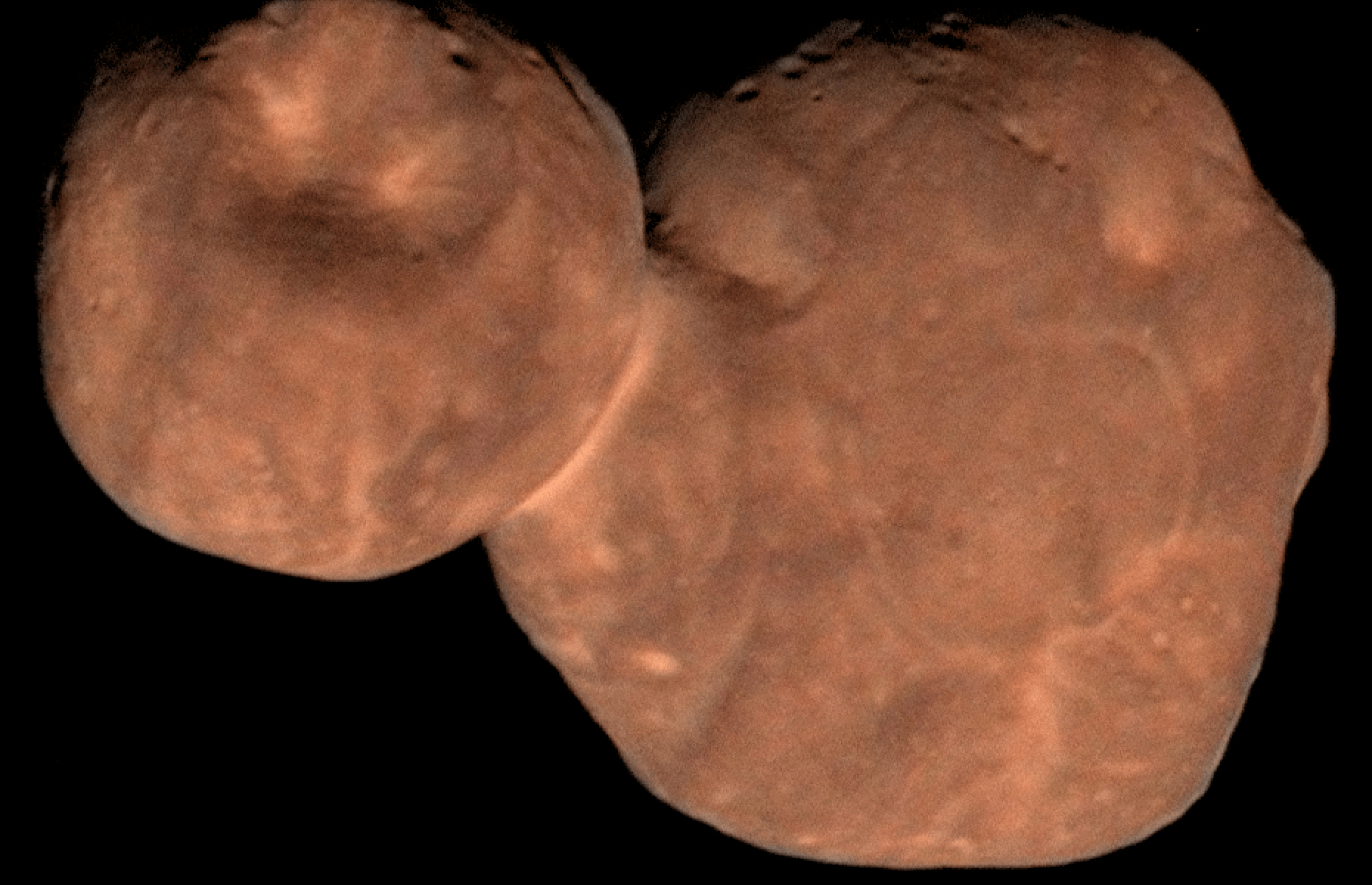In this series we are exploring the weird and wonderful world of astronomy jargon! You’ll be far from home in today’s topic: trans-Neptunian objects!
The trans-Neptunian objects (often abbreviated at TNOs) are any worlds, small or otherwise, that orbit the Sun farther than Neptune’s average distance, which is around 30 AU. There are almost 3,000 known TNOs, and astronomers suspect there are countless more.
By far the most famous of all the TNOs is Pluto. Even though Pluto spends 20 years of every orbit closer to the Sun than Neptune, it spends the vast majority of its time farther away. At that distance, the light of the Sun is so dim that Pluto exists in permanent twilight, and temperatures are cold enough for the world to support giant mountains made of pure water ice.
For decades since its discovery by Clyde Tombaugh in 1930, astronomers believed that Pluto was the only object beyond the orbit of Neptune, but the 1992 discovery of Albion changed that. We now understand that the solar system past Neptune is a rich and diverse – if very cold – place.
Even though Pluto is the largest of the TNOs by radius, it is not the most massive. That honor goes to Eris. That world has a highly eccentric orbit. At its closest approach to the Sun, it’s about 38 times farther way than the Earth. At its most distant, it’s nearly 100 times farther away. Some other TNOs have orbits three times bigger.
Astronomers know of almost all TNOs as mere points of light, since they are so small and so far away from the Sun. Based on spectroscopy from reflected sunlight, most TNOs appear to be mixtures of rock and ice. Many, like Pluto, have a dull red color, a product of ultraviolet light striking organic molecules on their surfaces.
Two categories divide the trans-Neptunian objects. The Kuiper belt is a narrow band stretching from 40-50 AU. This Kuiper belt is similar to the asteroid belt, but on a much larger scale. Beyond that lies the scattered disk. The TNOs that live there tend to have highly eccentric orbits, which astronomers believe is caused by constant tiny gravitational nudges from the giant planets.

